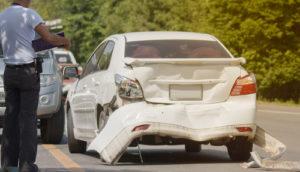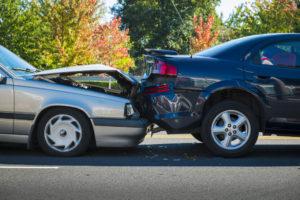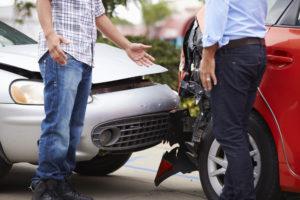
A child under the age of 13 is in a car accident every 33 seconds in the United States, reports the National Highway Traffic Safety Administration. As parents and responsible drivers, it is everybody’s responsibility to keep our children safe as they travel with us on the roads.
The week of September 18-24, 2016 is National Child Passenger Safety Week. It’s a week dedicated to promoting passenger safety awareness, reminding parents not only of the importance of good child occupant safety, but how to protect their children while in the car.
Auto Accidents: The Leading Cause of Death for U.S. Children
Unintentional injury was the leading cause of death among children aged 1 to 14 in the U.S. in 2014, according to the CDC, and motor vehicle accidents led the way, causing over 1,000 deaths.
And 72% of child motor vehicle traffic fatalities occur when a child is a passenger in the car, as opposed to being a pedestrian or riding a bike, according to the National Highway Traffic Safety Administration.
In many cases, child fatalities in car accidents are preventable if parents take the right precautions and use the right safety equipment.
For a free legal consultation, call (614) 538-1116
Keeping Children in the Appropriate Car Seat
Of all child fatalities in car accidents in 2014, 37 percent were unrestrained, according to the NHTSA. Further, the agency reports that child safety seats can reduce fatal injury by 71 percent for infants and 54 percent for toddlers in passenger cars.
But just as important as putting children in car seats, is putting them in the right car seat. The American Academy of Pediatrics (AAP) recommends the following car seats for children of the following ages.
Newborns, Infants, Toddlers: The AAP recently updated its recommendations to state that all infants and toddlers should stay in rear-facing car seats until they:
- Turn two years old; or
- Reach the car seat manufacturer’s weight and height limits.
Toddlers & Preschool-Age Children
: After a rear-facing seat, toddlers and preschoolers should use a forward-facing car seat. They should stay in this seat until they reach the car seat manufacturer’s height and weight requirement.
School-Age Children: After the forward-facing car seat, school-aged children should sit in a booster seat. They should stay in this seat until the vehicle’s seat belt fits correctly:
- Lap belt sits across the thighs
- Knees bend over the seat
- Shoulder strap sits across the shoulder and the chest (not on the neck)
Children usually reach this point when they are 4’9” tall and are between 8 and 12 years old.
Other Safety Tips for Child Passengers
Proper child safety in the car doesn’t stop at choosing the right car seat. Remember the following car safety tips:
- Children should ride in the back seat
- Make sure children buckle properly
- Choose a vehicle with advanced safety features (automatic door locks, side impact airbags, etc.)
- Practice safe driving habits, including not texting and driving
- Make it a habit to check the back seat when exiting your vehicle to avoid leaving a child in a hot car
Child vehicle safety isn’t limited to when the kids are in the car.
- Check around your vehicle for small children who might be hiding or playing
- If you have a back-up camera, use it
- Ensure vehicle has interior trunk release
If we all take extra precaution and make sure we are practicing these child passenger safety tips, we can help lower the number of automobile injuries fatalities for children in the United States.
Contact Bressman Law at (614) 538-1116 if another driver ever causes an accident that injures you and/or your child. And download our free book on auto collisions in Ohio.
Call or text (614) 538-1116 or complete a Free Case Evaluation form








